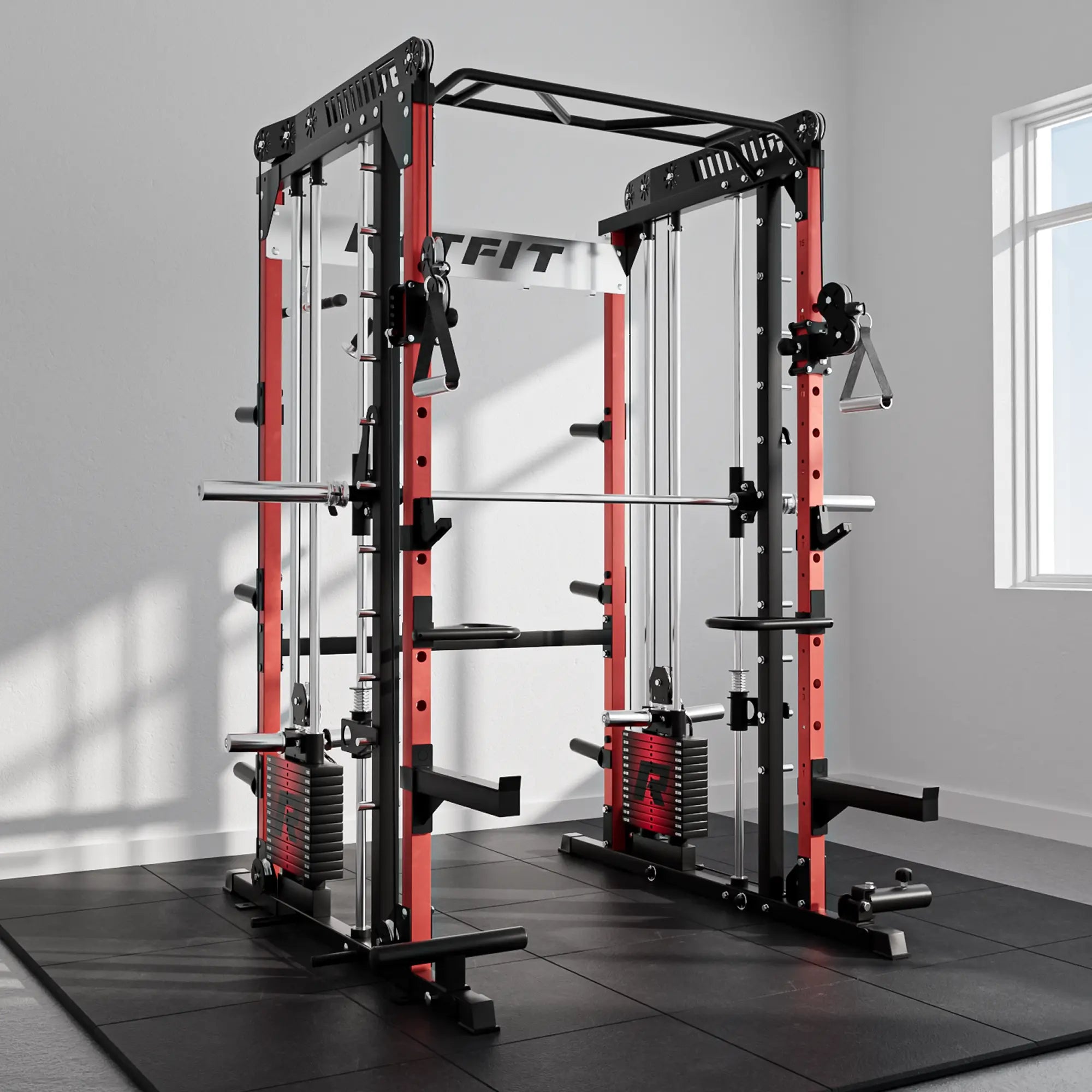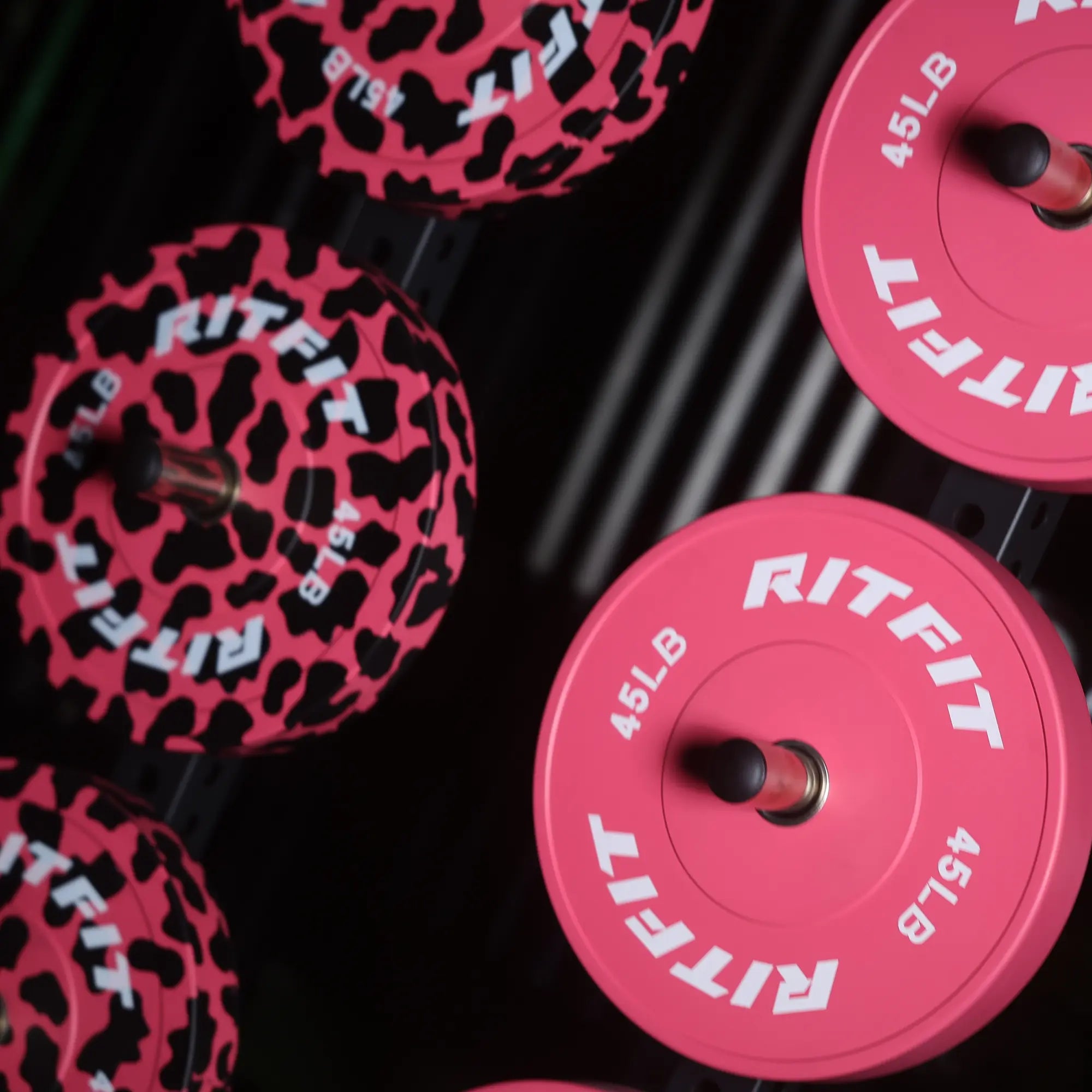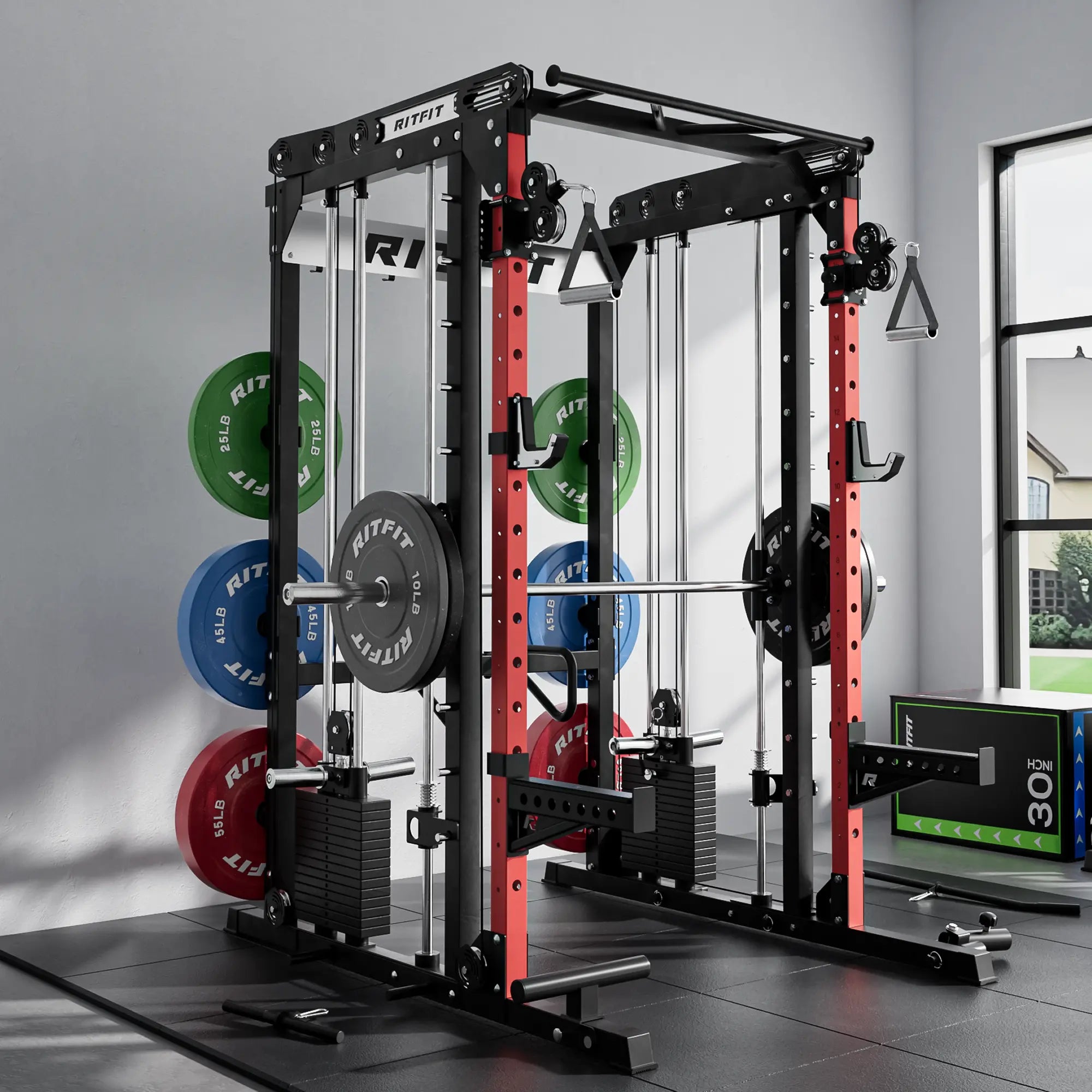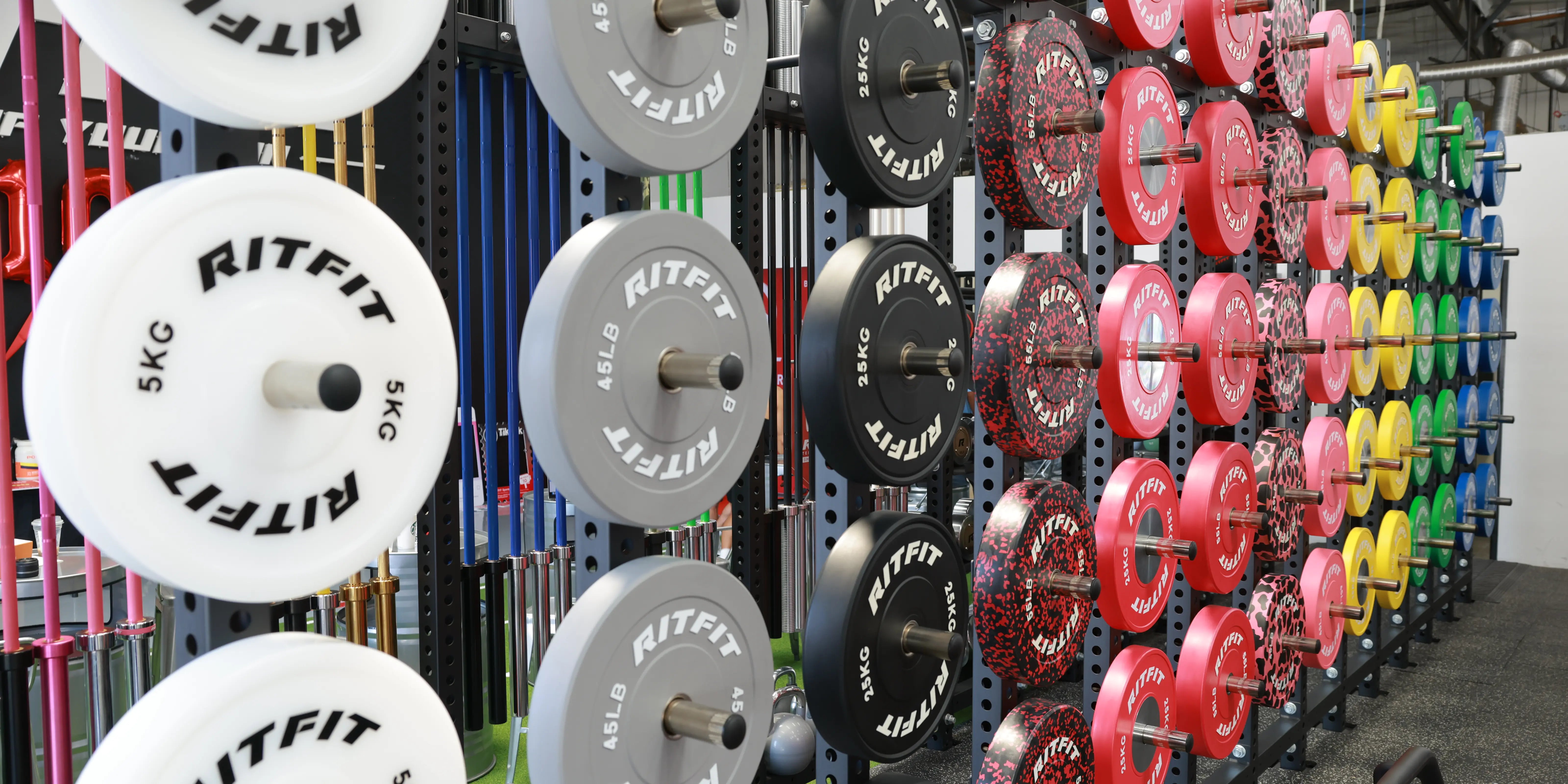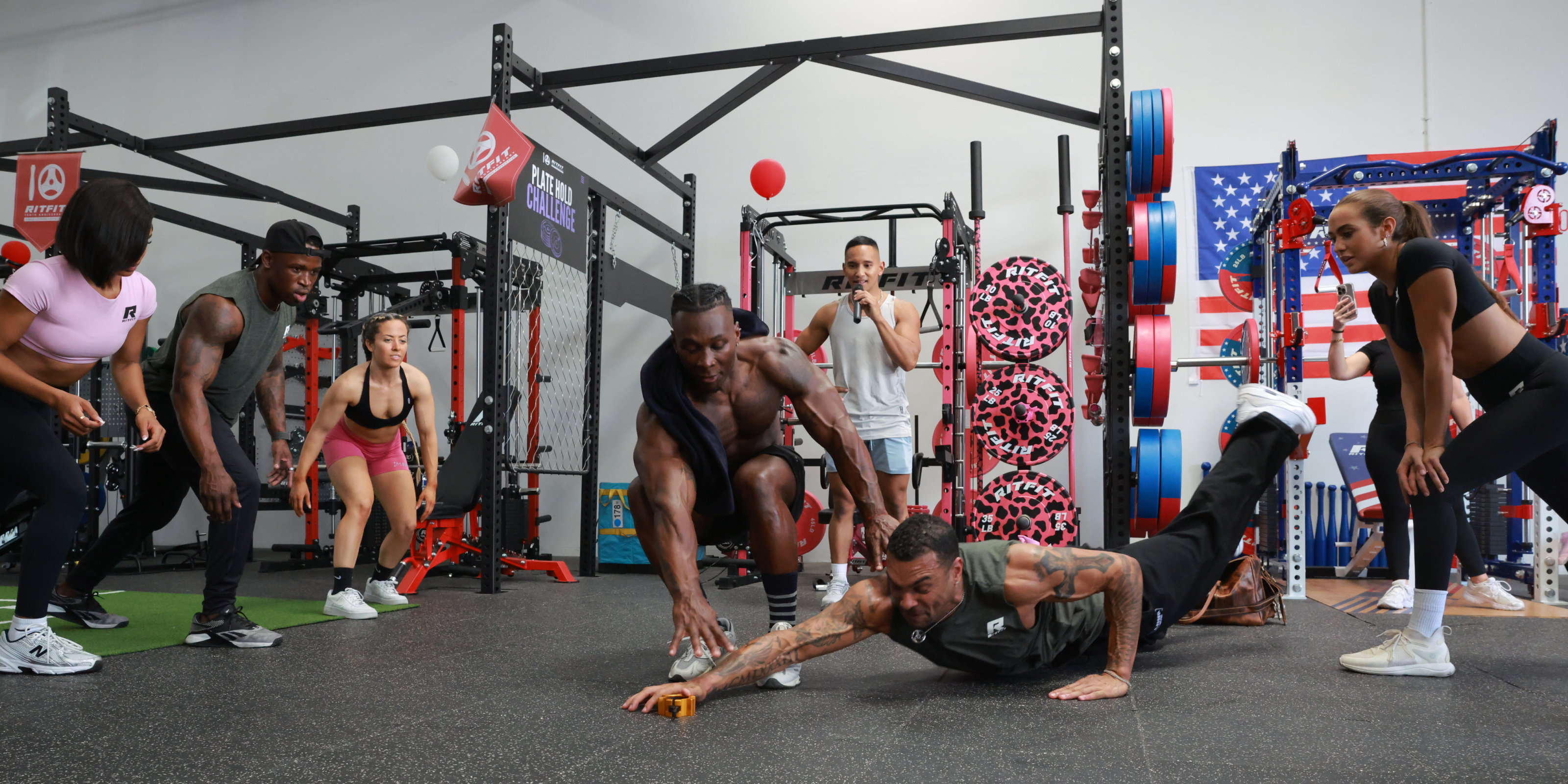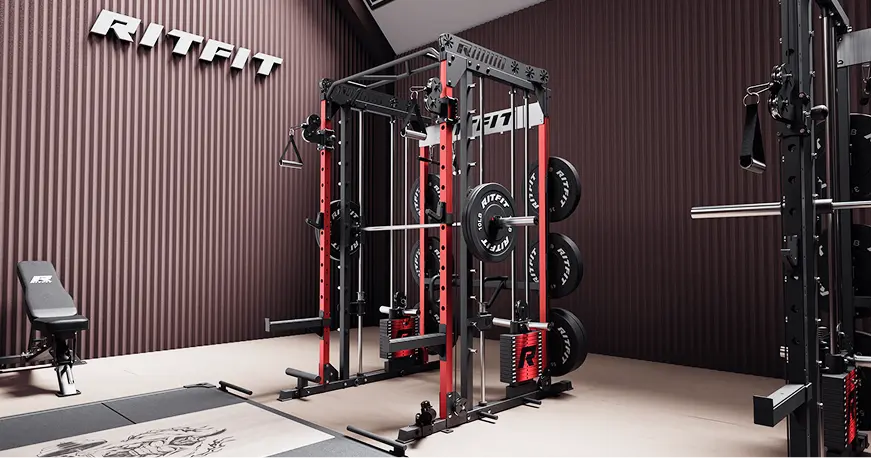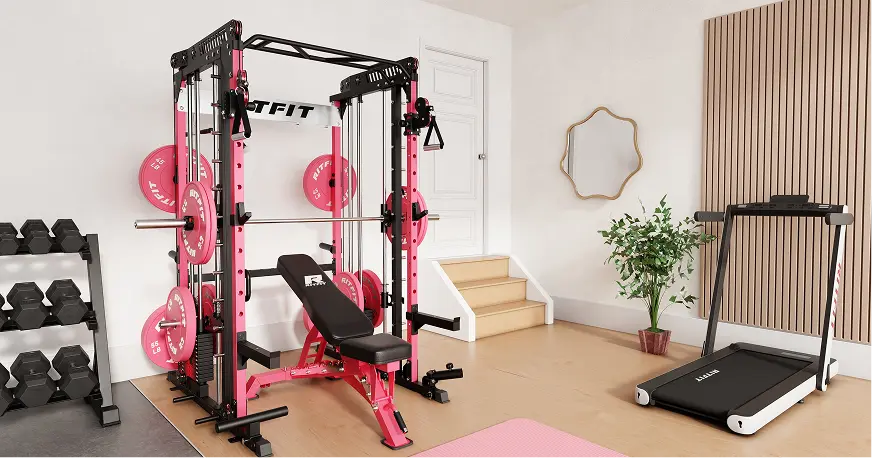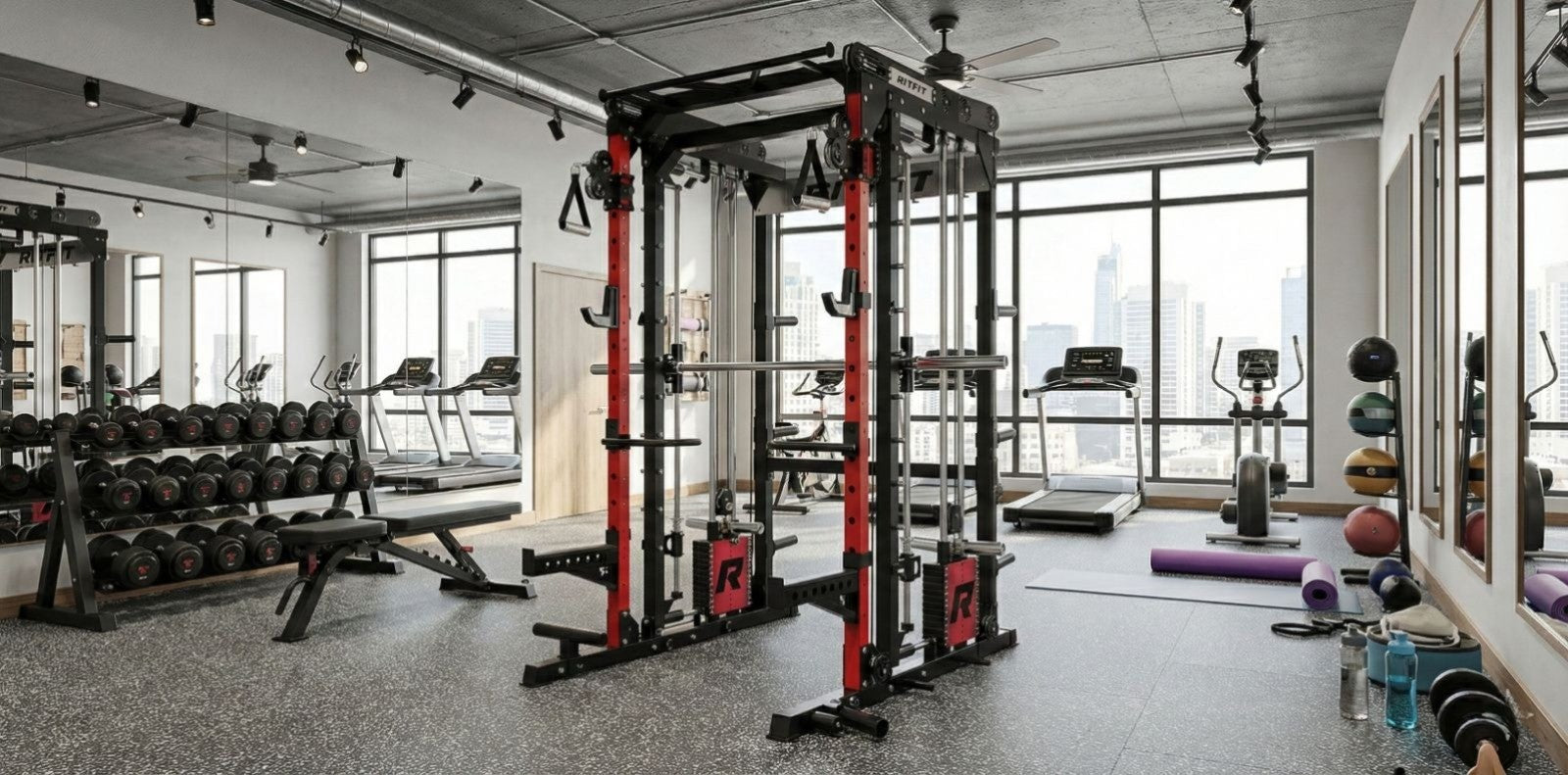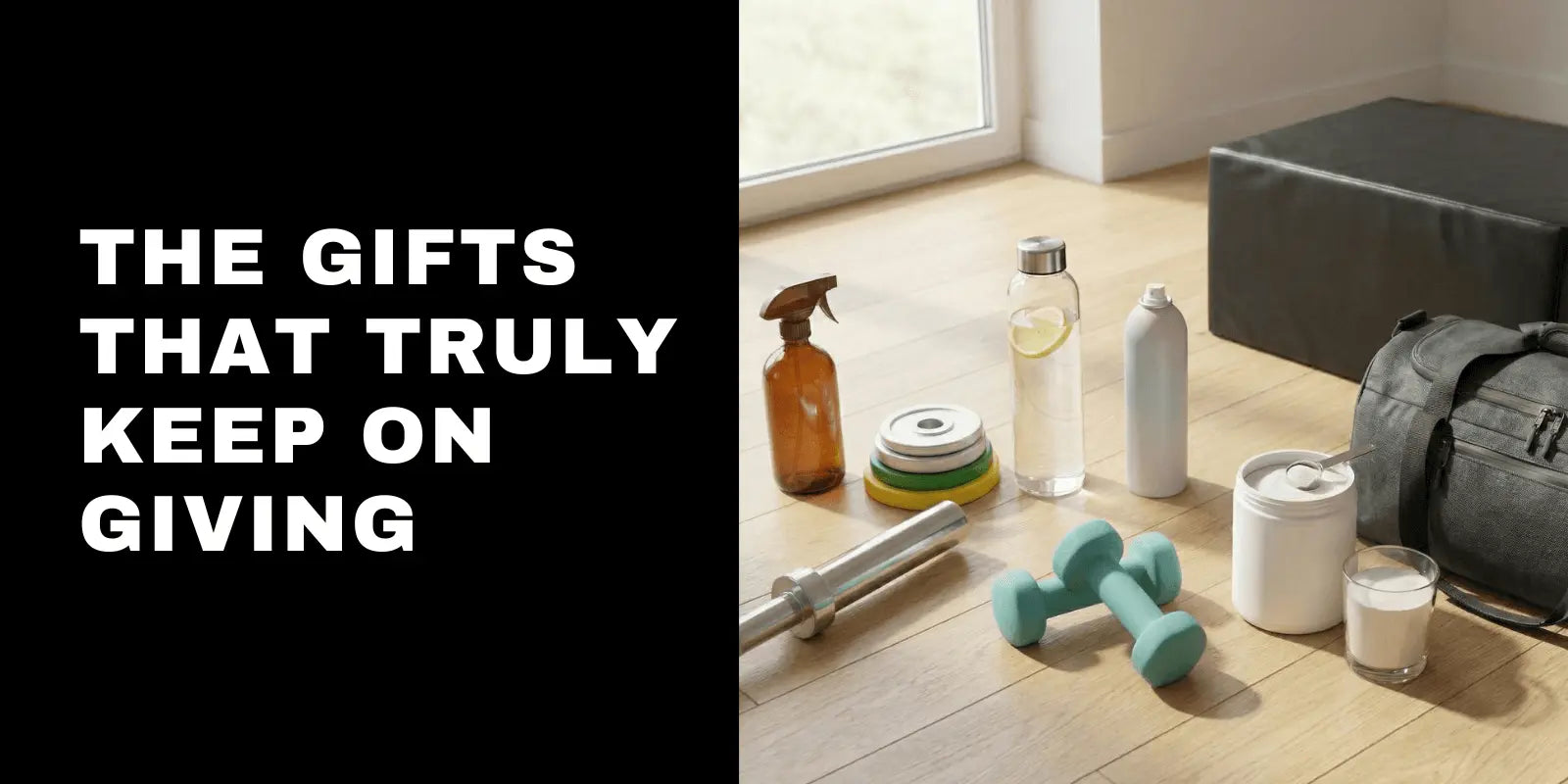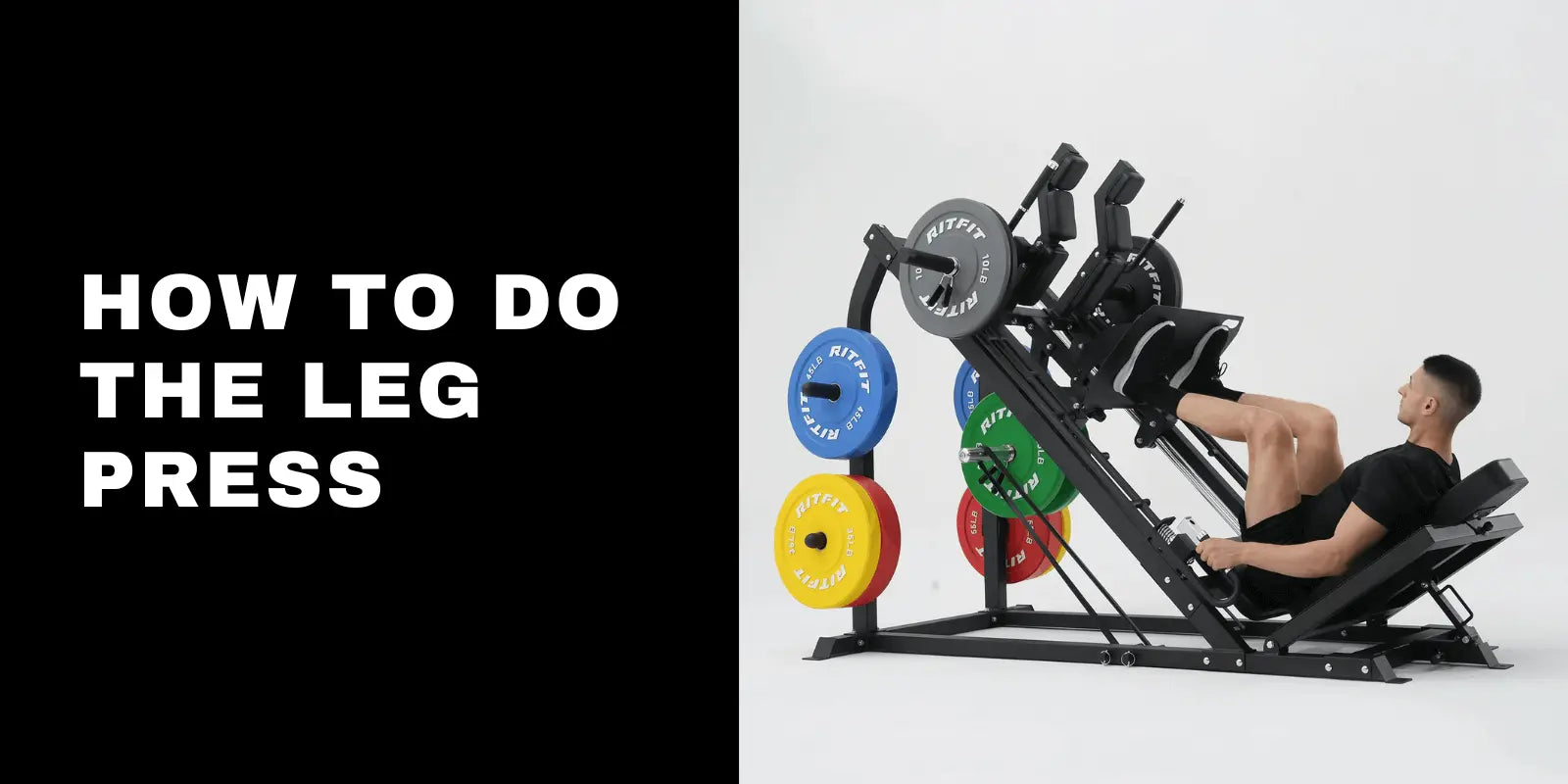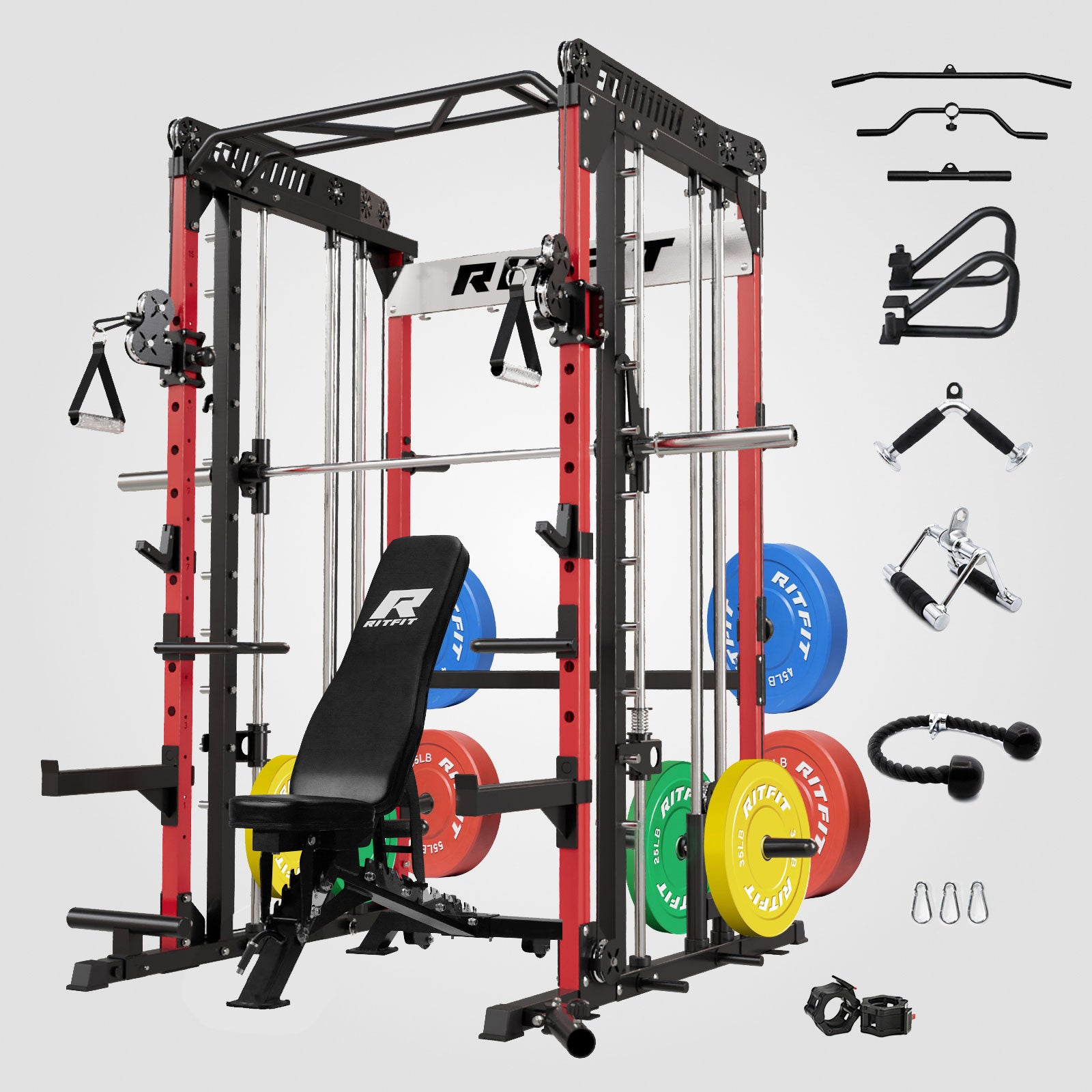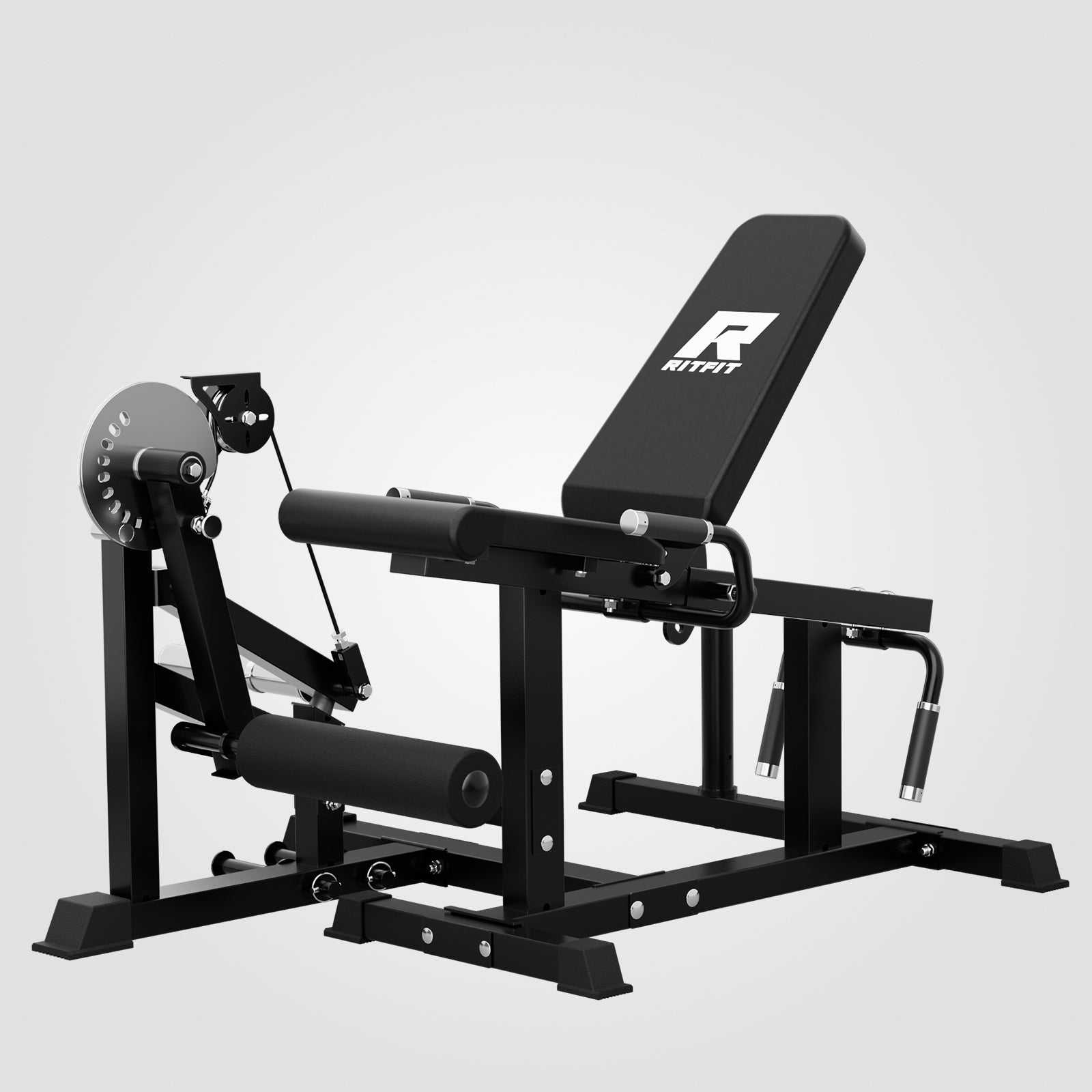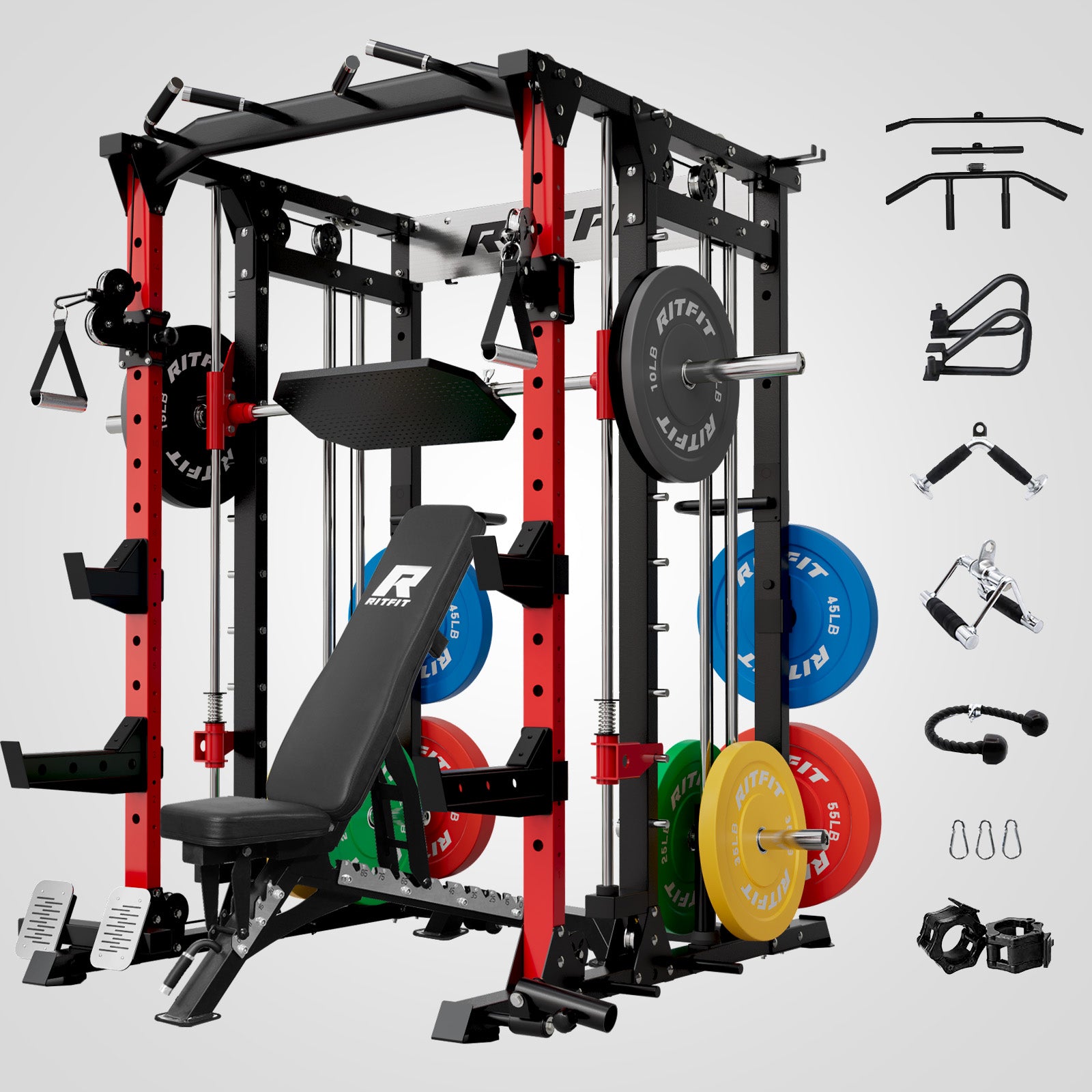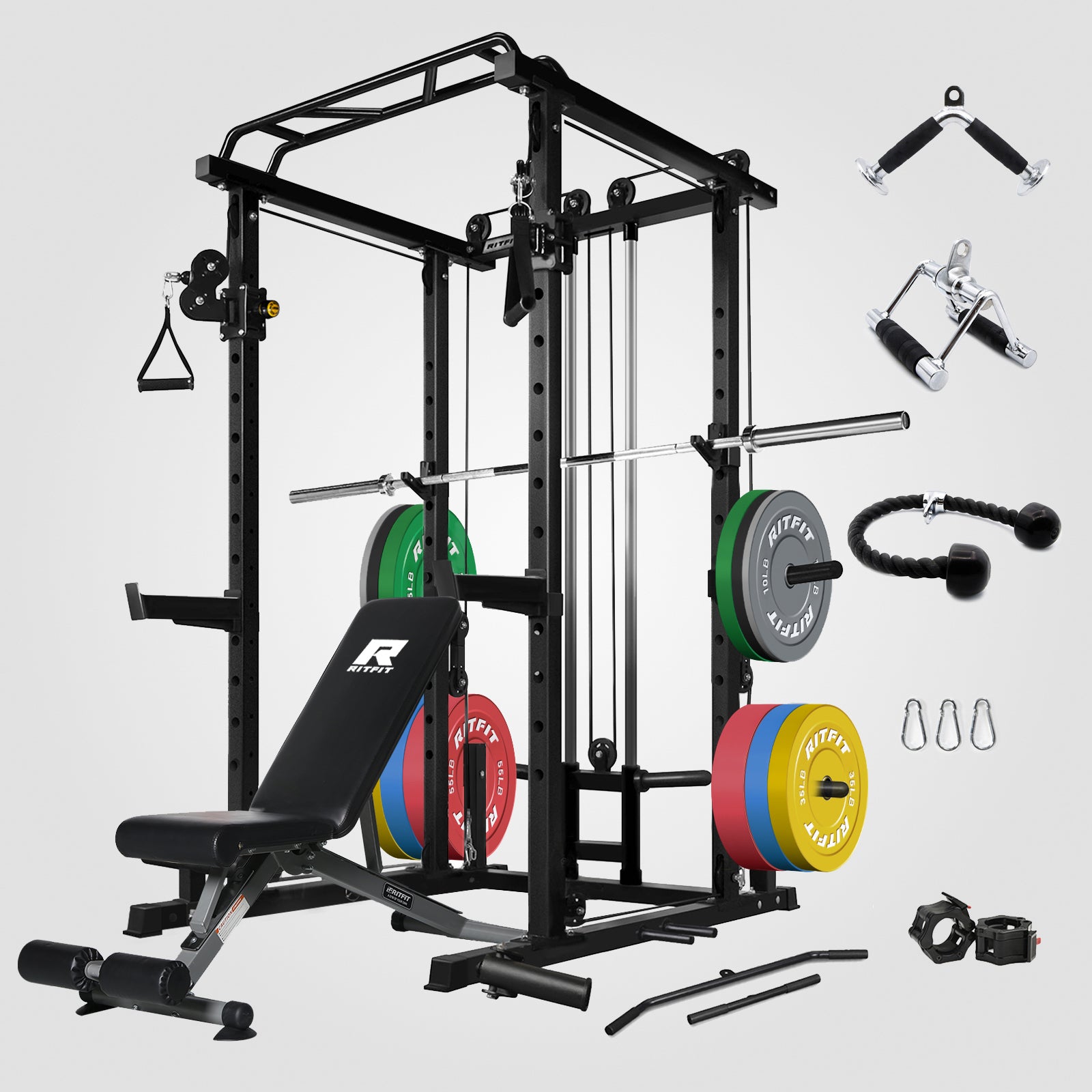Table of Contents
Do you want to improve your lower body strength while simultaneously working on your balance and coordination?
Skater squats are a powerful single-leg exercise that does exactly that, helping you build strength, control, and stability without needing heavy equipment.
They sculpt your quadriceps and also train your glutes, adductors, abductors, hamstrings, and calves so your legs feel strong in everyday life and sport. Unilateral exercises significantly reduce bilateral strength asymmetries, which is crucial for injury prevention in athletes[1].
Additionally, this exercise can improve ankle stability, making it a great foundational movement if you participate in any sport like basketball or soccer.
In this guide, you’ll learn what skater squats are, how to perform them with safe, joint-friendly form, how to progress them, and where they fit into a smart lower-body routine.
What Is a Skater Squat?
A skater squat is a unilateral (single-leg) squat where your front leg does almost all the work while your back knee lightly taps a pad, block, or the floor behind you.
Instead of “stepping back” into a full lunge, you hover the back leg and only use it for balance, not for pushing off the ground.
Because you’re essentially squatting on one leg, skater squats challenge your hip stability, ankle control, and overall balance far more than a regular two-leg squat.
This makes them a great progression between split squats and advanced single-leg moves like pistol squats, especially for home-gym lifters who want more from bodyweight training.
Proper Skater Squat Form and Technique
How to Do Skater Squats
Skater squats are a good way to build up the muscles in your legs and core. To do skater squats the right way, follow these steps:
- Stand up straight on your right leg with your foot flat, your hips facing forward, and a small pad or block behind your right heel for your left knee to tap.
- With your left leg slightly behind you and your knee bent, let your toes touch the floor or barely touch it for balance.
- To help you stay balanced, tighten your core, keep your ribs down, and reach your arms slightly in front of you like a counterweight.
- Push your hips back and down into a single-leg squat. Your right knee should stay in line with your middle toes, and your left knee should move back toward the pad.
- With your back knee, lightly tap the pad or floor without "pushing" from that leg. Your front leg should feel like it's doing almost all the work.
- Keep your spine straight during the whole movement; don't let your chest fall or your lower back arch too much.
- To stand up again, push through the middle of your front foot (not your toes) and squeeze your glute at the top.
- Do 5 to 10 controlled reps on one leg, then switch legs. Take a short break and do 2–4 total sets, depending on how experienced you are.
Skater Squat Common Mistakes to Avoid
Skater Squats are a great exercise to help strengthen your glutes, hips, and core. However, like any other exercise, it is important to perform them correctly to get the best results while avoiding injury. To ensure you gain the most benefit and stay safe while performing Skater Squats, be sure to avoid these mistakes:
- Not going low enough: Go as low as you can while maintaining control and balance, but don’t force depth that causes your knee or lower back to hurt.
- Letting the knee cave in: Keep your front knee tracking over your middle toes instead of collapsing inward; think “push the knee slightly out” as you squat.
- Slumping your shoulders forward: Keep your core engaged, chest up, and back neutral throughout the movement instead of folding over your front thigh.
- Over-arching your lower back: Rather than “rounding out” your spine, aim for a neutral position by bracing your core and squeezing your glutes as you stand.
- Moving too quickly: Slow down the lowering phase (2–3 seconds), lightly tap the pad, and then drive back up with control instead of bouncing.
- Using the back leg to push: If you feel your back foot doing most of the work, reset and focus on pushing through the front leg only.
- Starting with too much range of motion: If you lose balance or feel pain, use a higher pad so your back knee taps sooner, then gradually lower the pad over time.
Skater Squats Muscles Worked
Hamstrings
Hamstrings are the muscles located at the back of the thigh and are responsible for knee flexion, hip extension, and stabilization when walking or running. As such, Hamstrings play an important role in Skater Squats because they need to be strong enough to support our entire body weight and provide stability during each repetition. This is why these exercises strengthen and develop the Hamstrings over time.
Quad Muscles
Quad muscles, or quadriceps, are considered the major muscle group worked when performing a skater squat. Quadriceps are located on the front of the thigh and consist of four distinct muscles that help extend the leg at the knee joint and assist in hip flexion.
During skater squats, your quads work hard to control the lowering phase and then drive you back to standing, which is why you’ll often feel a strong “burn” in the front of the thigh.
Studies show that unilateral squats produce similar quadriceps activation to back squats but with significantly less spinal loading, making them ideal for home lifters[2].
Calves
Your calves, especially the gastrocnemius and soleus, help stabilize your knee and ankle while you move and push your foot down to plantarflexion at the ankle.
Your calves help you balance and push through the floor in skater squats by keeping your front ankle stable and putting pressure on the mid-foot.
You can feel your calves working to make your squat stronger and more controlled by keeping your heel on the ground and "gripping" it with your toes.
Skater Squats Benefits
It improves balance and coordination.
- Skater squats are a fantastic way to get better at balancing and coordinating your movements. They make the legs, abs, and glutes stronger, which helps keep the body in the right position. They also test your proprioceptive system, which is your body's ability to tell where it is in space.
- Your hips, ankles, and core have to constantly make small adjustments to keep you upright because you're only working one leg at a time, and the back leg doesn't help much.
- Over time, this can help you run, change direction, or move sideways in sports or everyday life with more stability.
Improves Core Strength and Stability
- Skater squats are also a sneaky way to work your core. Your deep core muscles, obliques, and lower back have to work to keep your torso from tipping or twisting when you stand on one leg.
- Your hip flexors, glutes, and hamstrings work with your core to keep your spine in a strong, neutral position as you squat down and then stand back up.
- This kind of integrated stability is better than many traditional ab exercises because it teaches your core to keep your legs still while they work.
How to Program Skater Squats in Your Workout
For beginners:
Do 2–3 sets of 5–8 reps per leg on a higher pad or box so you don't have to go as deep.
Put skater squats after your main compound lift (like back squats or leg press) to help you stay stable.
For intermediate lifters:
Do 3–4 sets of 8–10 reps on each leg. To make it harder, lower the pad height or add light external weight (dumbbells or a weight vest).
Skater squats and hip hinge exercises like Romanian deadlifts can be your main single-leg strength moves on lower-body days.
Weekly Frequency:
Do skater squats 1 to 3 times a week, depending on how much lower-body work you do and how well you recover.
If your knees or hips hurt, lower the volume, raise the pad, or switch to a more stable exercise like split squats until things calm down.
Skater Squats Variations
Single Leg Skater Squats
- To perform a more advanced, “true” single-leg skater squat, start standing tall on one leg with your back knee hovering behind you rather than relying on the pad.
- Keep your chest up, core engaged, and slowly sit back and down until your back knee lightly taps a low pad or just comes close to the floor.
- To stand back up, drive through the middle of your grounding leg. Do sets of 6 to 8 reps on each leg, focusing on balance and control.
Dumbbell Skater Squats
- If you want to add variety to your skater squats and challenge yourself further, try the dumbbell skater squat.
- Hold a dumbbell in each hand at your sides, or hold a single dumbbell close to your chest in a “goblet” position.
- Then, do the same skater squat: hover the back leg, sit back and down on the front leg, tap lightly, and then stand back up.
- Adding weight makes your quads and glutes work harder and makes your core work harder to keep you stable. Begin with light weights and only add more once you feel comfortable with your form.
Banded Skater Squats
- The banded skater squat is a great variation for extra glute activation and knee control.
- Place a light to medium resistance band just above your knees, then set up in your normal skater squat stance.
- As you lower, gently push your front knee out against the band so it doesn’t collapse inward. This increases activation in the glute medius and improves hip stability.
- Aim for 8–12 reps per leg, feeling the outside of your hips working hard to keep your knees aligned.
Looking for a full list of the best Smith machine squat variations that complement unilateral work like skater squats? Check out our detailed guide: 6 Best Smith Machine Squat Exercises for stronger, safer leg gains .
Skater Squats Alternatives
The Bulgarian Split Squat
- The Bulgarian split squat is a great alternative to skater squats, primarily aiming to strengthen the lower-body muscles effectively. Plant your elevated foot onto a bench or any sturdy surface behind you and lower into a split-stance lunge position. Keep your torso upright while gently pushing the hip forward and bending your knees.
- Compared with skater squats, the Bulgarian split squat offers more stability and allows you to load heavier with dumbbells or a barbell.
The Reverse Lunge
- The reverse lunge is a top alternative to the skater squat because it effectively targets key muscle groups throughout your lower body. To perform the exercise, start with your feet shoulder-width apart and take a controlled step backward with one leg, keeping your upper body aligned and your back straight. Lower yourself until your front leg is close to a 90-degree angle before pushing back up.
- Plus, it’s easy to do anywhere without any specialized equipment.
The Step-Up
- The step-up is a great alternative to skater squats because it helps improve balance, coordination, and overall leg stability. To do the step-up, stand in front of a low step or bench with your feet shoulder-width apart. Pushing through your lead foot, lift your body onto the step and then step back to the starting position.
- Step-ups are especially useful if getting into deep single-leg squat positions bothers your knees or ankles, but you still want strong, functional legs.
The Front Squat
- The Front Squat is another great option for Skater Squats. It works the quadriceps, glutes, and core while also building strength in the lower body as a whole. To do the exercise, stand with your feet shoulder-width apart and hold the barbell across your shoulders. Keep your elbows up and your chest straight. To get into a squat, bend your knees and push your hips back. To get back to the starting position, press through your heels.
- We suggest that beginners do Front Squats on a Smith machine because it makes the exercise safer and more stable while they learn how to do it correctly. This movement will be most effective if you keep your torso straight and engage your core. This will make your legs stronger and your overall balance better.Biomechanical analysis reveals that front squats generate lower shear forces on the lumbar spine compared to heavy back squats[3].
Skater Squat FAQs
Are skater squats suitable for beginners?
Skater squats qualify as a beginner's exercise. However, there are some important points to consider before attempting them. To ensure safety and proper form, it is advisable to begin with, bodyweight goblet squats until your core strength and balance are where they need to be. Once you feel comfortable with standard bodyweight squats, skater squats can be incorporated into a routine but still done with light or no weight.
How often should I be doing skater squats?
Skater squats are an excellent exercise for building strength and stability. Aim to do them at least once or twice a week. However, if you want optimal results, incorporating them into your workouts at least three to four times weekly would be even better. If you're completely new to this move, it'startingth one or two sets of 8-12 reps is best. Then gradually progress to 3-4 sets over time as your balance improves.
What modifications can I make to skater squats if I have an injury?
When dealing with an injury, modifying skater squats safely and effectively is important. To accomplish this, use a dowel or broomstick for stability and safety at full body extension. Additionally, reduce the range of motion for squats, keeping proper form throughout the movement. For example, you can begin with just a few inches of hip flexion before extending back up.
What modifications can I make to skater squats to make them more challenging?
Skater squats can be more challenging by adjusting the speed, range of motion, and the number of reps you perform. Additionally, adding weight to the movement will improve strength and muscle endurance. You can carry a dumbbell in each hand or put on a weighted vest to increase the challenge. Finally, incorporating plyometric jumps at the top of each rep or slowing down your tempo to 3-4 seconds per rep can further up the intensity level.
Are there any safety precautions I should take when doing skater squats?
Always wear proper shoes, preferably with plenty of support around the ankle area. It is also a good idea to warm up beforehand and stretch once you are done – this will help reduce any potential strains and injuries. Make sure to perform each repetition slowly and keep your posture straight throughout; breathe in on the downward motion, expanding your stomach outward, and use that as a form of resistance when standing back up.
Summary
Ultimately, skater squats are a fun and effective exercise with different variations that can be both challenging and rewarding. While they’re perfect for building knee and hip stability, they also target your glutes, quads, hamstrings, core, and hip muscles, leaving you with a serious lower-body workout.
If building strong, stable legs is a priority for you, especially in a small home-gym setup, skater squats deserve a permanent spot in your training program.
As with any exercise, take time to warm up, progress gradually, and consult a health professional if you have existing joint issues so you can stay injury-free while getting stronger.
Want to take your squat training further with a guided resistance machine? Learn how to do Smith Machine Squats with proper form, benefits, and muscles worked — ideal for improving your overall squat strength while maintaining balance.
Important disclaimer: This article is for general educational purposes only and is not medical advice. If you have shoulder, neck, back, elbow, or wrist pain, a recent injury or surgery, numbness or tingling, unexplained weakness, or dizziness, consult a qualified clinician before starting. Stop any exercise that causes sharp pain.
References
- Zhang W, Chen X, Xu K, et al. Effect of unilateral training and bilateral training on physical performance: A meta-analysis. Front Physiol. 2023;14:1128250. Published 2023 Apr 13. doi:10.3389/fphys.2023.1128250
- Eliassen W, Saeterbakken AH, van den Tillaar R. COMPARISON OF BILATERAL AND UNILATERAL SQUAT EXERCISES ON BARBELL KINEMATICS AND MUSCLE ACTIVATION. Int J Sports Phys Ther. 2018;13(5):871-881.
- Schwanbeck S, Chilibeck PD, Binsted G. A comparison of free weight squat to Smith machine squat using electromyography. J Strength Cond Res. 2009;23(9):2588-2591. doi:10.1519/JSC.0b013e3181b1b181

